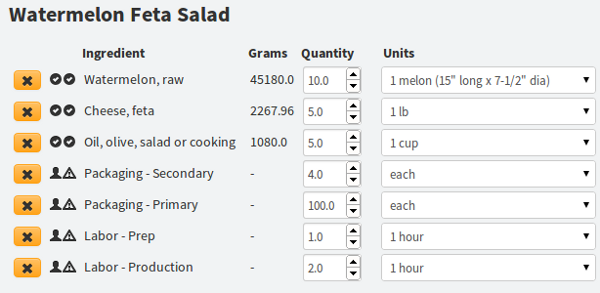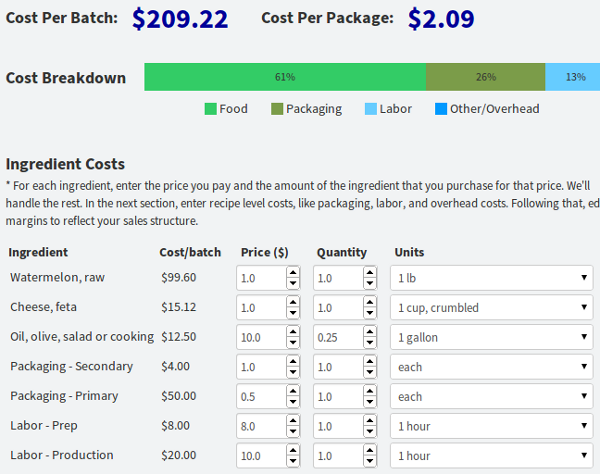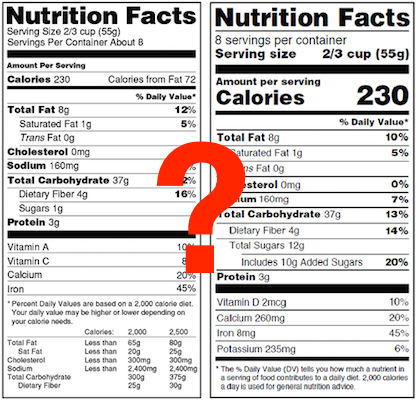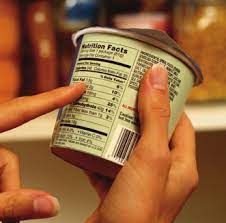What is a Bill of Material for Recipe Costs
We recently spent a bit of time revamping our recipe costing software, the first part of which involved allowing users to enter ingredient prices based on various units, not just grams, and also enter sales margins to more easily understand pricing.
There is also a second part, that's arguably much more important for serious food businesses.
Recipe Bill of Materials
That more important part is creating a full bill of materials for your recipe: including the different types of labor, packaging, and overhead.
Instead of entering a single labor cost for a recipe, you can specify how many hours of each type of labor was used and the cost of each type of labor. Same thing for packaging.

Add non-food ingredients just like any others. Specify how much of each one is used.
Why Would You Break It Out Like This?
Separating your costs out individually can make understanding them much easier. Take labor for example. You'll know exactly how much you spend not only for all labor, but for the different types of labor (prep, processing, packaging, etc.), allowing you to see where you're spending the most energy and money.
Same thing for packaging, which can be tricky to calculate if you have primary packaging, secondary packaging for cases, labels, stickers, ribbon, parchment paper, etc.
Adding non-food ingredients to a recipe will make it easier to calculate your recipe cost than adding everything up by hand.

Enter the price you pay for each non-food ingredient, just like you would with regular ingredients.
How It Works
The way we handle this is by allowing you to add non-food ingredients to a recipe. We have generic non-food ingredients you can use, or you can create your own. They have no nutritional value, but can be added to a recipe just like any other ingredient.
Just like you add 1 lb of butter to a recipe, you can add 2 hours of labor, 1 hour of equipment rental, 20 bags, 20 ribbons, and 1 box to ship it in.
When your prices change for one part of your production, it will be much easier to update it for all recipes with this approach.
Key Takeaways
Treating your recipe as a full bill of materials allows for much greater flexibility and power when costing out your products. You can separate out different types of labor, packaging and overhead and let us handle the math of how much it contributes to a recipe's cost.
As always, we're trying to make simple, but powerful tools for you and your food business. Hopefully you agree this is another step in the right direction.






